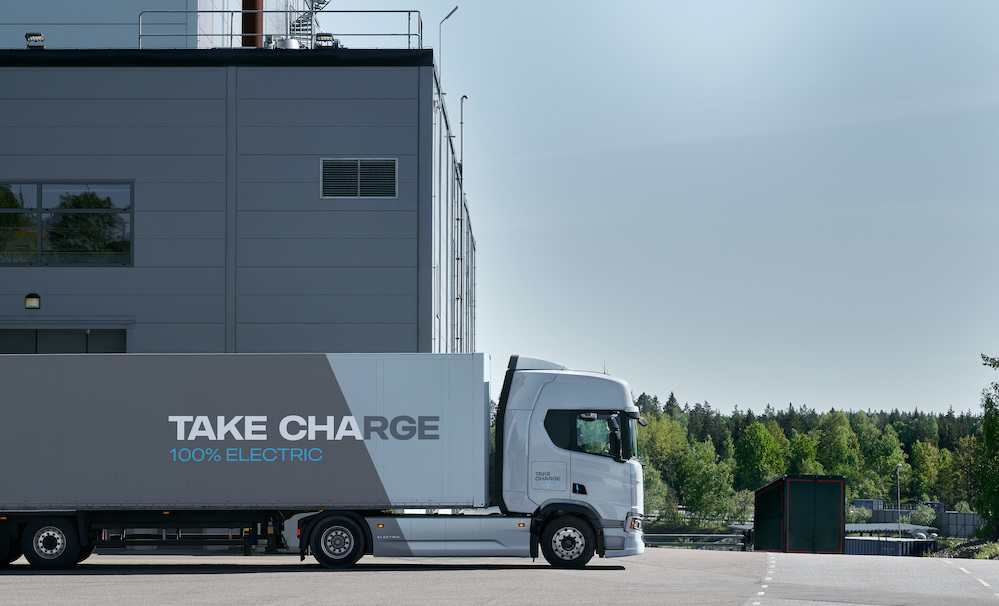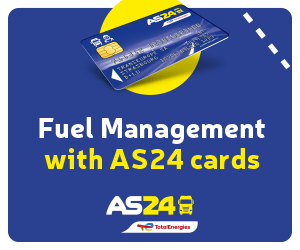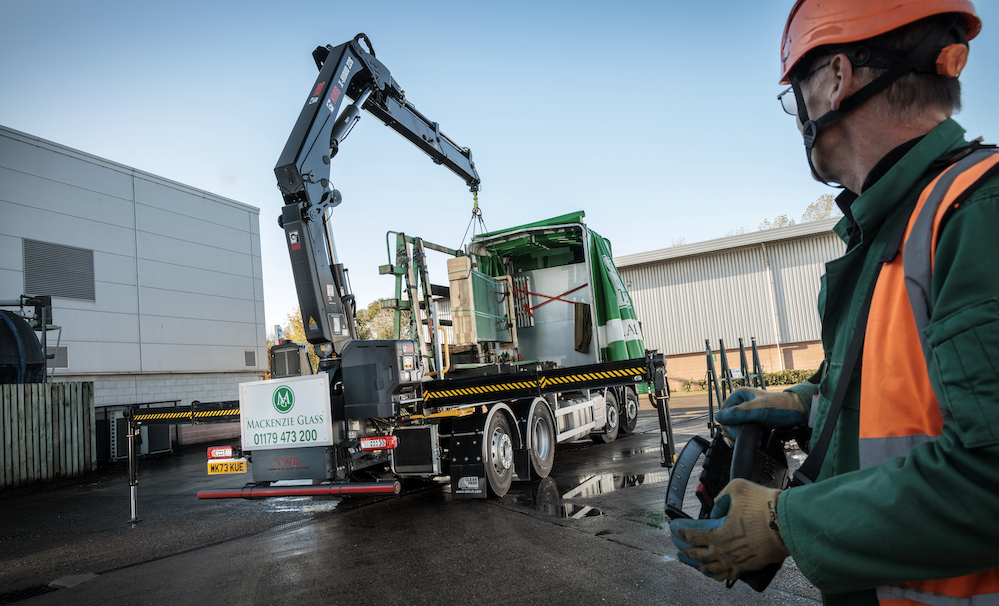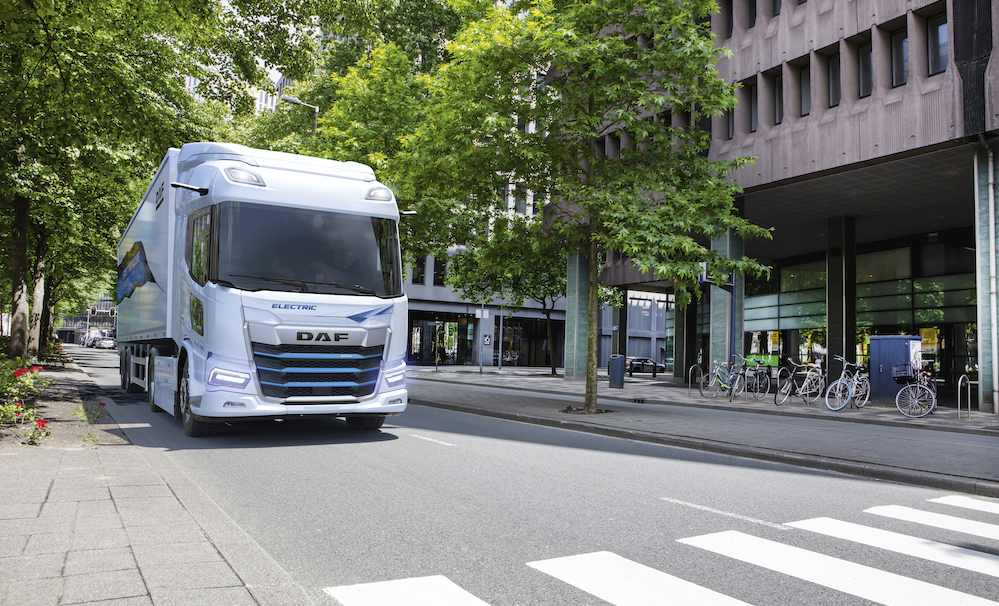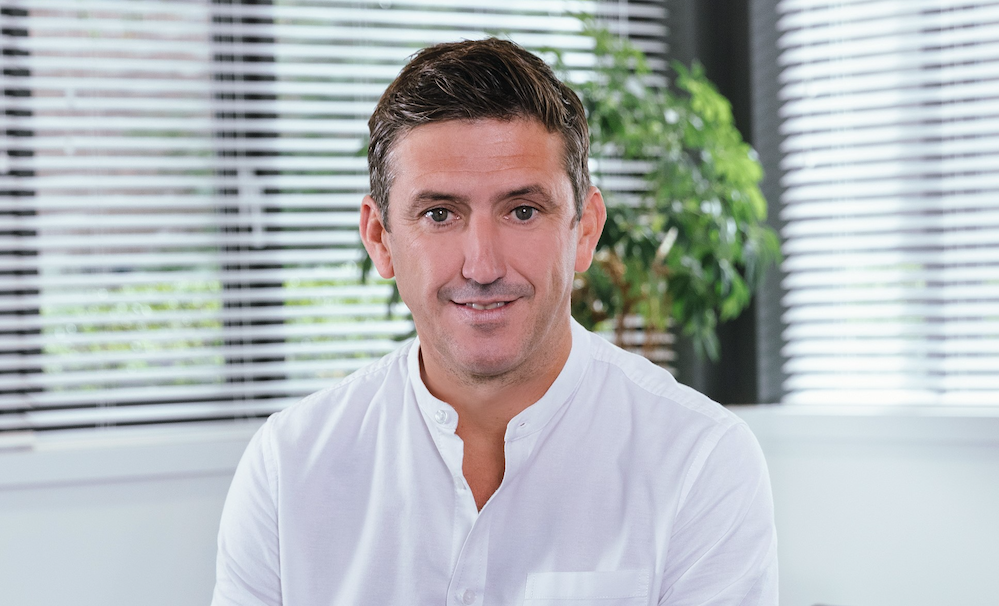Carrying out thorough due diligence is the best way to prepare your business to transition to battery electric heavy-duty vehicles, says Scania UK’s Transformation Director Karima Haji.
Speaking at Road Transport Expo 2022, Karima explained that the anyone considering making the switch needs to avoid becoming fixated on just the vehicles and their total cost of ownership.
Following on from the launch of Scania’s new battery electric trucks for regional operations (10 June), Karima outlined the new consultative sales approach Scania UK will use to sell their products.
Karima Haji says:
“Switching to electric needs a lot of consideration. But it’s important for business owners and operators to understand this isn’t something they need to go through by themselves – Scania is here to help.
We intend to help you every step of the way. There’s no one-size fits all solution. We need to understand your prerequisites and areas you can’t compromise on, so we can tailor the best solution for you.”
Scania will become the trusted partner for their customers throughout the transition, by being a central point of contact while their chosen tailored electric solution is implemented.
With any transition project, time is required to plan, implement and deliver the chosen solution. By planning ahead, customers can implement any infrastructure changes and trial the solution on a small scale before upscaling in the future.
Karima says:
“While there’s plenty to consider, switching to electric shouldn’t be overwhelming. It all starts with a conversation.
By starting early, it is possible to learn about electrification without taking too much risk. You can then scale up the share of electric vehicles in the fleet in steps, and do the necessary investments in vehicles and charging infrastructure in a controlled and cost-effective way.”
Scania will be able to help customers develop their charging set-up and infrastructure, repair and maintenance schedules, digital management solutions, telematics and organise finance – as well as configuring the right solution to meet their needs.
Before developing any solutions, customers need to consider their aims, objectives and ambitions. Answering these will help develop a solution that works.
The next step is to carry out a thorough analysis to build up a picture of the best solutions that will suit their operations.
By using vehicle and fleet data, the analysis defines the charging requirements of the vehicles as well as forecasting the energy needs for the operation’s electrification roadmap.
From this deep-level analysis Scania can build different solutions that could work and uniquely tailor them for each customer based on their needs.


